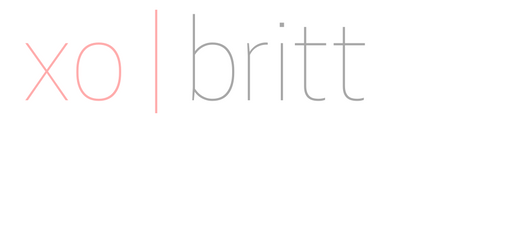Identifying Your Audience And Creating Content That Resonates
Creating content for content sake is a waste of time. To create content that tells your story and drives results starts with knowing your audience. When I meet with a new client, I focus on two things: goals and audience. What I want to know is WHY are we creating content and WHO are we creating content for. This WHY and WHO guides the direction of the content calendar, where content is published and how the content is written.
Let me give you an example. Every piece of content I create on Bourbon & Honey and its various social media platforms serves a purpose. It is created to inspire and educate. And it is created with a specific person in mind. Bourbon & Honey's audience is small business owners, creative entrepreneurs and start-ups who either struggle to understand what content marketing can do and/or don't have the time to execute an effective marketing strategy.
The GOAL: To inspire and educate
The AUDIENCE: small business owners, creative entrepreneurs and start-ups
In this blog post, I am going to share the steps to identifying your target audience and creating content that resonates. I hope this post helps you understand your audience and create content that connects.
Step One: The Basics
The first step to understanding your audience is to ask basic questions about their demographics.
- Is my audience mostly female? Mostly male?
- Are they younger? Older?
- Where do they live? Are they local or international?
- Are they single or married? Do they have children?
- What kind of work do they do? Do they have disposable income?
Step Two: Needs and Challenges
How you discover your audience's challenges and needs? Ask yourself these questions:
- What are the most frequently asked questions in my industry?
- Who are my current customers? What do they want to know?
- What problem does my product or service solve?
- Am I listening to what my current and potential customers are saying online?
- What other content is being created and consumed?
Step Three: Buyers Journey
The journey your buyers goes through when purchasing a product or service is extremely important. And it's valuable to your content. Do you know why your audience buys from you? Here are some reasons why buyers choose you over your competitor.
- Your products are truly exceptional.
- You create positive experiences.
- You deliver the value you promise.
- You make the buying process easy, smooth and simple.
- You provide expert advice and thoughtful education.
Each of these reasons is a content opportunity because each represents a stage in the buyer's journey.

For someone who is in the Awareness stage of the buyer's journey, create content to help them make sense of their problem.
Some examples include:
- blog post
- eBook
- infographic
- guide
- podcast
- web copy
For someone who is in the Consideration stage of the journey, create content that helps them evaluate the options and gives them a positive experience with your content.
Some examples include:
- sales sheet
- white paper
- report
- email newsletter
- testimonials
- case study
- blog post
For someone who is in the Decision stage, create content that makes the buying process easy.
Some examples include:
- product demo
- trial offers
- product reviews
Finally, for someone who is in the service stage of the buyer's journey, create content that sustains the positive relationship with you.
Some examples include:
- email newsletter
- electronic thank you card
- offers and discounts on their next purchase
Note that this stage isn't technically part of the buyer's journey, but I include it because I believe this stage is so important for both repeat business and referrals.
Statement of Audience
Using this information, you can start putting together your statement of audience. This is a statement that guides your content creation. It is connected to your audience and your company mission.
For example, Bourbon & Honey's statement of audience is Bourbon & Honey creates inspiring and educational content for small business owners and creative entrepreneurs to help them tell better stories.
Buyer Personas
These babies will come in handy when you are creating content, especially at the beginning. I created this very basic buyer persona to describe my ideal client.
Meet Anna. She owns a small business, understands the importance of brand storytelling, but has no time to write her story. She needs to outsource this task.
Because I know Anna, I create content to help her
- understand why brand storytelling is important (Awareness);
- how to tell your brand story (Consideration); and
- how I help businesses tell better stories (Decision).
Through this content, I hope to provide enough value to Anna to convert her to a warm lead and eventually a client.

Your Editorial Calendar
Once you know who your audience is and where they are in the buyer's journey, you can build an editorial calendar to attract traffic and generate leads. I have included a bonus template for you to download and populate with your content.
This calendar lists the phases of the buyer's journey: Awareness, Consideration, Decision and Service. Under each is an objective - what each piece of content is intended to do in that particular stage. Along the left column, there are sample content pieces. Under each, you can fill in the topic in the appropriate stage.
I have included an example about blogging (how meta...) in the template to show you how this works. The end goal to convert visitors to clients who hire me to write their blog posts. This is a very basic example, but it gives you an idea of how you can make the template work.
Do you need help finding your audience and creating exceptional content? Let's chat.



